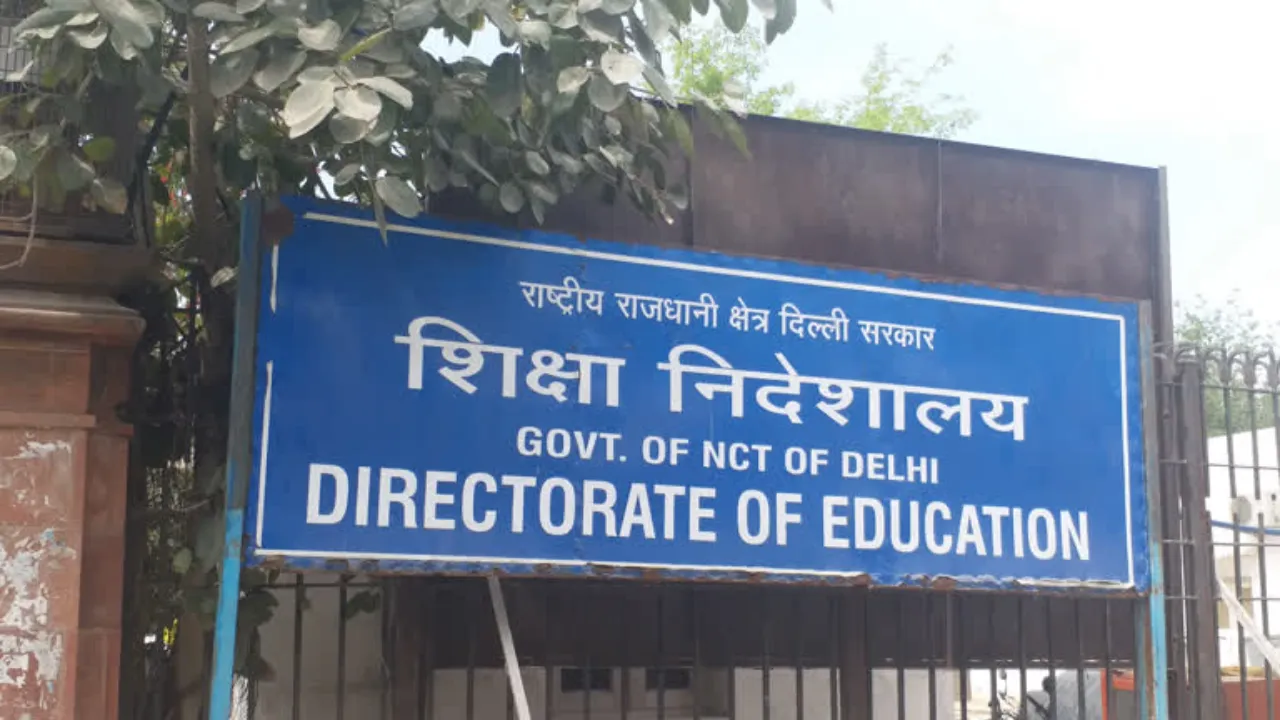The E.W.S and D.G quota in the Indian education system has emerged as a crucial policy initiative aimed at promoting equitable access to education. Under the provisions of the Right to Education (RTE) Act, 2009, private schools are required to allocate 25% of their seats to students belonging to the Economically Weaker Section (E.W.S) and Disadvantaged Group (D.G). This mandate has been designed to provide quality education to children from financially underprivileged backgrounds and marginalized communities, who otherwise may not have the means to afford private schooling.
For the academic year 2025, Delhi alone received more than two lakh applications for this quota, with around 44,000 students successfully securing admissions. Despite being an inclusive and progressive step, the implementation of this policy continues to face various challenges ranging from financial issues to social integration barriers.
Understanding the Key Components of the E.W.S and D.G Quota
The policy rests on the foundation of the RTE Act, which mandates private unaided schools to reserve a quarter of their seats for students from underprivileged sections. Some critical features include:
Policy Framework: Right to Education (RTE) Act, 2009 mandates the 25% reservation
Eligibility: Children from families earning ₹1 to ₹5 lakh annually, Scheduled Castes (SC), Scheduled Tribes (ST), Other Backward Classes (OBC), orphans, and children with disabilities
Selection Process: Involves online application, document verification, and a computerized lottery to ensure fairness
Major Challenges: Financial pressure on parents, delayed fee reimbursements to schools, difficulties in social adaptation, and legal disputes
Recent Developments: Introduction of online systems to streamline admissions and legal enforcement in states reluctant to implement the policy
Why the Quota is Essential for Reducing Educational Inequality
In India, the disparity in educational access between privileged and underprivileged students has long been evident. Students from low-income families often rely on government schools, which may lack infrastructure, qualified teachers, and modern teaching methods. The E.W.S and D.G quota policy addresses this gap by offering children from marginalized communities an opportunity to study in private institutions known for better resources.
This inclusion not only improves their academic prospects but also creates a more socially integrated learning environment. Exposure to diverse social settings encourages mutual respect and understanding among students of different backgrounds, fostering a more cohesive society in the long run. However, despite its advantages, the adjustment period for E.W.S students is often fraught with challenges.
Eligibility Criteria for Admission Under E.W.S and D.G Quota
The admission criteria under this policy are relatively uniform across states but can have minor regional variations. The key conditions are:
Families applying under the E.W.S category must have an annual income that falls between ₹1 lakh and ₹5 lakh, depending on specific state norms.
Students qualifying under the D.G category include children belonging to SC, ST, OBC categories, orphans, children with disabilities, and those from other disadvantaged groups.
Applicants are required to furnish documents such as income certificates, caste certificates, disability certificates (if applicable), proof of residence, and birth certificates.
Most states also have proximity norms, meaning students must reside within a certain distance of the school they are applying to, with specific guidelines varying between urban and rural areas.
Admission Process for E.W.S and D.G Quota
The government has designed the admission process to be transparent and accessible. Parents are required to submit online applications through designated portals, along with the necessary documentation proving their eligibility.
Once all documents are verified by the authorities, a computerized lottery system is used to randomly select eligible students. This approach eliminates the chances of favoritism and ensures all applicants have an equal opportunity. After selection, parents need to finalize admission by providing the required documents to the allotted school.
To improve efficiency, several states have shifted to online lottery systems, reducing manual intervention and ensuring smoother operations.
Key Challenges in Implementing the E.W.S and D.G Quota
Despite its intended purpose, the policy’s execution has encountered multiple roadblocks.
Delayed Reimbursements to Private Schools
Private schools participating in the quota scheme are entitled to receive reimbursement from the government for the tuition fees of admitted students. However, these reimbursements are often delayed, creating financial strain for schools. Due to uncertainties over timely payments, many institutions become hesitant to admit more students under the quota, limiting the policy’s reach.
Financial Burden on Parents
While the government covers tuition fees, parents are still required to bear costs related to books, uniforms, transport, and extracurricular activities. For families already struggling financially, these additional expenses are sometimes unaffordable, leading to higher dropout rates despite successful admissions.
Social and Cultural Adaptation Challenges
Students admitted under the quota often come from backgrounds that differ significantly from their peers. They face:
Language barriers, especially in English-medium schools, as many come from non-English-speaking households.
Cultural and lifestyle differences that may lead to feelings of isolation or exclusion.
A lack of academic support at home, as many parents may not have the educational background to assist their children.
Legal and Administrative Hurdles
In some states, private schools have resisted implementing the policy, citing financial burdens or lack of resources. This has led to legal disputes, with courts generally upholding the requirement for schools to comply with the 25% reservation. While online systems have improved transparency, there are still inconsistencies in how effectively the policy is executed across different states.
Steps Required to Strengthen Implementation
To address the shortcomings of the E.W.S and D.G quota, several corrective measures can be taken:
The government should prioritize timely reimbursement to private schools, reducing reluctance to admit quota students.
Financial aid schemes should be extended to cover costs beyond tuition, such as books, transport, and uniforms.
Bridging courses, language classes, and remedial support should be introduced to help E.W.S students adjust academically and socially.
Mentorship and counseling services should be made available to help students cope with cultural differences and emotional challenges.
Public school infrastructure should be simultaneously strengthened to reduce over-reliance on private institutions for quality education.
Conclusion
The E.W.S and D.G quota policy is a commendable effort to ensure inclusive education and bridge socioeconomic divides in India. By reserving 25% of seats in private schools for students from underprivileged backgrounds, it opens doors to better academic and personal growth opportunities.
However, challenges such as delayed reimbursements, financial strain on parents, and social integration issues still persist. For the policy to achieve its full potential, additional support systems must be introduced to ensure that students not only gain access but also thrive within their new learning environments. Strengthening public education infrastructure alongside improving the quota system will further promote equitable educational opportunities for all.
FAQs
What is the objective of the E.W.S and D.G quota in education?
The quota aims to provide 25% reserved seats in private schools for students from economically weaker and disadvantaged backgrounds to ensure equal access to quality education.
How are students selected under this quota?
Students apply online, and a computerized lottery system is used to randomly select eligible candidates after document verification.
Does the government cover all expenses under the E.W.S and D.G quota?
The government reimburses tuition fees, but parents must cover other costs like books, uniforms, and transportation.
What are the common challenges faced by students admitted under this quota?
Students often struggle with financial constraints, language barriers, cultural differences, and lack of academic support at home.
Can private schools deny admission under the E.W.S and D.G quota?
No, private schools are legally obligated to reserve 25% of their seats under the quota, though some have challenged it, leading to legal enforcement.

















